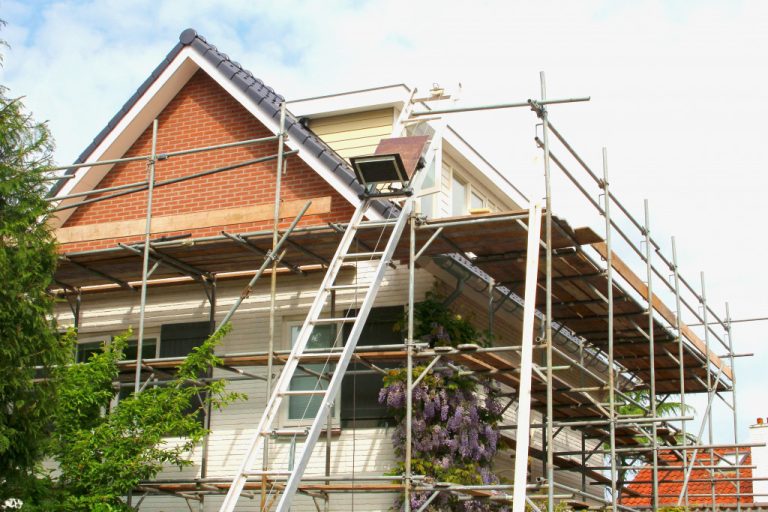Building a home from the ground up is a significant endeavor that can take years of planning before you even break ground. You should know exactly what type of design and style you want to build if you don’t want to end up with a house that doesn’t meet your needs or has features that you’ll never use. From constructing the foundations to installing the plumbing, you should know everything that goes into building a home.
To help get you started, here are a few factors that you should consider before building your own home:
Size of the Home
The size of your home is vital to know because it can affect your family’s lifestyle. If you have a growing family, you will need more space for everyone to have their privacy and quiet time after a long day of work or school. We’re all guilty of wanting spacious homes with large bedrooms and bathrooms, but sometimes it’s better to be realistic about how much space a certain number of occupants require.
Numerous floor plan options provide different square footage amounts for other price points, so take some time to explore them all before settling on one. You may find a better option out there that meets your needs and budget.
Master Suite Location
The location of your master suite is important to consider because it can affect the value of your property. A master suite on the ground floor can be very desirable if you plan on having people over often and like the idea of not climbing stairs every time they need to use the restroom or grab some snacks from the kitchen. Putting a master bedroom upstairs may add space you’ll never use, which will eat into your living space and add unnecessary cost.
Design Theme
Once you’ve narrowed down all the different tiny nuances between floor plans, it’s finally time to choose one design theme to stick with while building your home. Having multiple themes in one house can be disorienting and visually unappealing.
If you’re building more than one home for your family, then consider having each of them made to reflect their own design theme. This will help your visitors immediately distinguish which house is theirs even before they pull up the driveway. It will also allow you to sell them separately if you decide that one of your homes isn’t living up to its full potential.
Depending on what type of property you want, there are endless design themes out there that can match perfectly with your needs and desires. Ensure all occupants like it as well because no one likes living in a space that doesn’t reflect their personality or lifestyle.
Building Material Selection
Different building materials have various pros and cons, so make sure you take time to research all your options. If your property is large, it may be a good idea to build a house with stucco since it can resist elements much better than other materials.
Once you’ve chosen which material to use for your home’s exterior, then pick from the countless colors and textures that are available for whatever type of design theme you have in mind. You could even choose an entirely different color or texture to mix things up a bit if that appeals to you.
Don’t forget to research the different building materials that will go into your home’s interior as well because this can affect your family’s lifestyle in the long term. For example, you may want to decorate with more durable materials or have flooring that is easy to maintain when you have all kinds.
Types of Financing

Before anything else, make sure you know what type of financing method works best for your situation. If possible, save up enough money so that you can pay cash for everything or use a mortgage provider who offers no-money-down deals along with high flexibility with your repayments.
Having multiple options available will help increase your chances of getting precisely what you need when it comes time to finance the construction of your brand new home. Of course, make sure you know exactly how much each of these methods will cost you before committing.
Environmental Conditions
If any elements of your property are prone to harsh weather conditions like flooding or high winds, it’s best to build a sturdier structure that can better withstand them. You don’t want anything happening during construction that could end up becoming costly towards the end if unexpected environmental problems arise.
Whether your family has allergies or is susceptible to breathing difficulties, having air-tight windows and doors may be an absolute must for some living spaces. Talk with your architect about what types of building materials would work best for your particular situation so that everything works out smoothly on moving day without any surprises along the way.
With all these factors in play, you should be able to narrow down which home will best suit your needs and wants for years to come. Although it might sound tedious at first, narrowing down what features matter most to you is a crucial step in the home-building process. Once you have everything sorted out, then it’s time to go ahead and apply for a building permit so that your dream house can become a reality.

